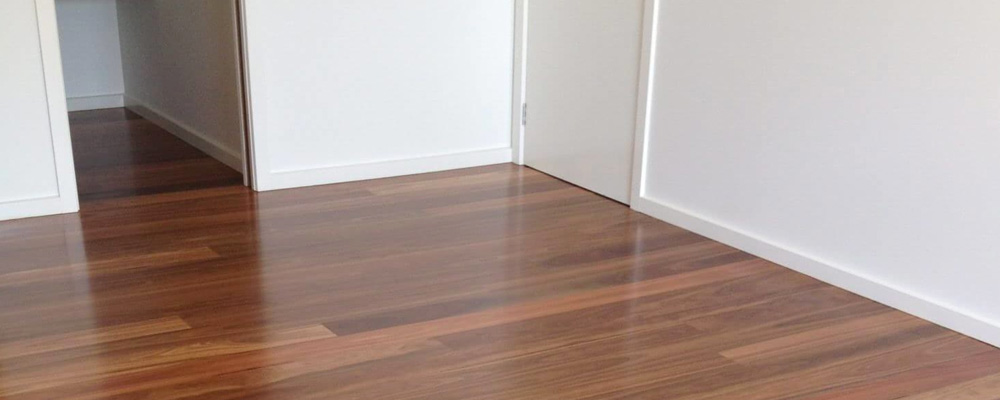There’s nothing like warmth and cosiness of timber flooring in your home. Whether it is light or dark timber floors, this flooring option is trending as Melbourne’s best solution for indoor flooring. It can impress guests from the entrance of your home, hallways, living room and even outdoors on the decking.
When it comes to traditional timber flooring, you have a wide range of options to select from according to your specific use and budget. The best option when choosing your timber floors comes down to several factors including children, pets, comfort, budget and overall personal preference.
Timber flooring is a popular choice for many homeowners due to its durability, natural beauty, and versatility. There are three main types of timber flooring: solid timber flooring, engineered timber flooring, and bamboo flooring. Each type of timber flooring has its unique characteristics, benefits, and drawbacks. In this blog, we will explore the three types of timber flooring in detail.
1. Solid Timber Flooring

This type of timber flooring is made from solid wood and comes in a variety of wooden species, including oak, maple, mahogany, and walnut. It can be installed in a variety of patterns, including parquet, herringbone, and plank. One of the benefits of solid hardwood is that it can be sanded and polished multiple times, making it a long-lasting option.
Solid timber flooring also has a timeless beauty that can add value and warmth to any home. However, solid timber flooring can be susceptible to moisture and temperature changes. It can expand and contract depending on the level of humidity in the environment. It is also prone to scratches and dents, which can be more noticeable on darker wood species.
2. Engineered Timber Flooring

This type of flooring is made from a thin layer of hardwood veneer that is glued to plywood or high-density fibreboard (HDF) core. It offers greater stability than hardwood flooring and is a good option for areas with higher humidity
Engineered timber flooring is made from multiple layers of wood, with a top layer of solid timber veneer. The layers of wood are glued together to create a stable and durable flooring option. Engineered timber flooring is available in a wide range of wood species, and it can be installed in a variety of patterns.
One of the main advantages of engineered timber flooring is its stability. It is less prone to moisture and temperature changes compared to solid timber flooring. It can also be sanded and refinished, although the number of times it can be sanded is limited by the thickness of the solid timber veneer.
Another advantage of engineered timber flooring is its affordability. It is typically less expensive than solid timber flooring, which makes it a popular choice for homeowners on a budget.
However, engineered timber flooring may not have the same depth and warmth as solid timber flooring. The solid timber veneer is usually thinner than the solid timber used in solid timber flooring, which can make it less durable in the long term.
3. Bamboo Flooring

Bamboo flooring is a type of timber flooring that is made from bamboo grass. Bamboo is a renewable resource that grows much faster than hardwood trees and is therefore considered an eco-friendly flooring option. Bamboo flooring can come in two types: horizontal and vertical. Horizontal bamboo flooring has a wider and more prominent grain pattern, while vertical bamboo flooring has a narrower and more subtle grain pattern. Bamboo flooring can also be carbonised, which means it has been heat-treated to create a darker colour.
One of the benefits of bamboo flooring is that it is extremely durable and strong. It is also moisture-resistant and can be used in areas where hardwood flooring may not be suitable, such as bathrooms and kitchens. Bamboo flooring is also easy to maintain and can be cleaned with a damp mop.
However, like any type of flooring, bamboo flooring also has its drawbacks. One of the main drawbacks is that it can be easily scratched or dented, especially in high traffic areas. Additionally, some bamboo flooring products may contain adhesives or chemicals that can emit volatile organic compounds (VOCs) into the air, which can be harmful to indoor air quality. It is important to choose a reputable timber supplier and installer to ensure that the bamboo flooring is of good quality and safe for your home.
What Timber Flooring Options Work For You
In addition to the three types of timber flooring, there are also other factors to consider when choosing a timber flooring option. These factors include the thickness and width of the flooring, the installation method, the finishing options, and the maintenance requirements. It is important to choose a flooring option that meets your specific needs and preferences and that is installed and maintained by experienced professionals.
Solid timber flooring, engineered timber flooring, and bamboo timber flooring are three popular types of timber flooring that offer different benefits, drawbacks, and aesthetic options. When choosing a type of timber flooring, it is important to consider factors such as the location and purpose of the flooring, the budget, and the desired look and feel. With careful consideration and professional installation and maintenance, timber flooring can be a beautiful and durable addition to any home or commercial space.
Once you have decided on the type of flooring you would like to go for, you will need a timber floor installer like CB Timber Floors to complete the installation. Our team of experts are here to guide you through the best options to suit your flooring living space and needs.

